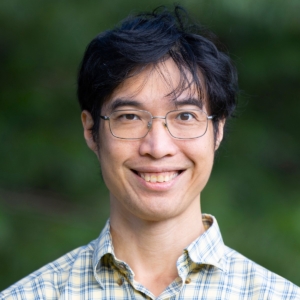Semi-Automatic Line-System Provisioning with Integrated Physical-Parameter-Aware Methodology: Field Verification and Operational Feasibility
We propose methods and an architecture to conduct measurements and optimize newly installed optical fiber line systems semi-automatically using integrated physics-aware technologies in a data center interconnection (DCI) transmission scenario. We demonstrate, for the first time to our knowledge, digital longitudinal monitoring (DLM) and optical line system (OLS) physical parameter calibration working together in real-time to extract physical link parameters for fast optical fiber line systems provisioning. Our methodology has the following advantages over traditional design: a minimized footprint at user sites, accurate estimation of the necessary optical network characteristics via complementary telemetry technologies, and the capability to conduct all operation work remotely. The last feature is crucial, as it enables remote operation to implement network design settings for immediate response to quality of transmission (QoT) degradation and reversion in the case of unforeseen problems. We successfully performed semi-automatic line system provisioning over field fiber network facilities at Duke University, Durham, North Carolina. The tasks of parameter retrieval, equipment setting optimization, and system setup/provisioning were completed within 1 h. The field operation was supervised by on-duty personnel who could access the system remotely from different time zones. By comparing Q-factor estimates calculated from the extracted link parameters with measured results from 400G transceivers, we confirmed that our methodology has a reduction in the QoT prediction errors ( 0.3 dB) over existing designs ( 0.6 dB). ©


